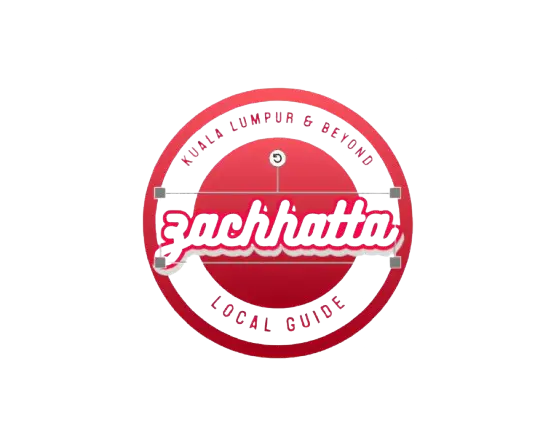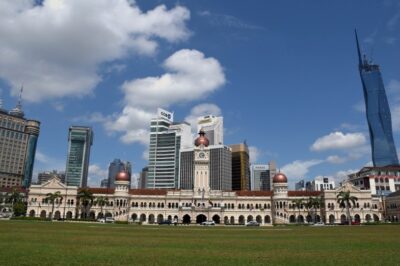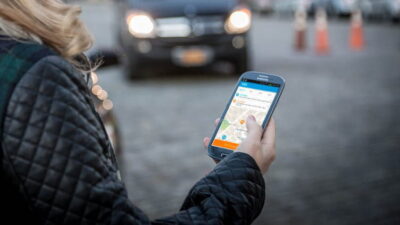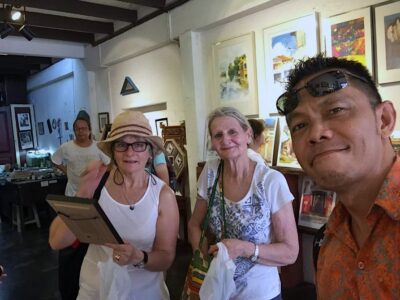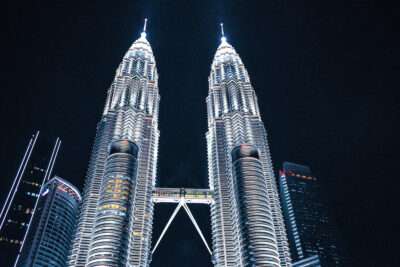the dirty truth about the
ride-share platforms
5 solid reasons its blood-sucking system
& why the nation should avoid them
the beginning
It was Uber that started these ridesharing services in Malaysia in October 2013 with its launch in KL. I remember that time quite a number of people signed up to become Uber drivers whether full-time or part-time, that’s including me as I plan to do it part-time when I do not have tours assignment. Grab on the other hand launched a year earlier than Uber, in 2012. In 2013, Grab also launched in Singapore. However, their strategy of partnering with taxi companies has tremendously increased their number of fleets. And that time we know this company as Myteksi not Grab like nowadays. Between 2013-and 2014, Grab expanded its network to the Philippines, Thailand, Vietnam, and Indonesia. And in 2018, Uber was sold to Grab.
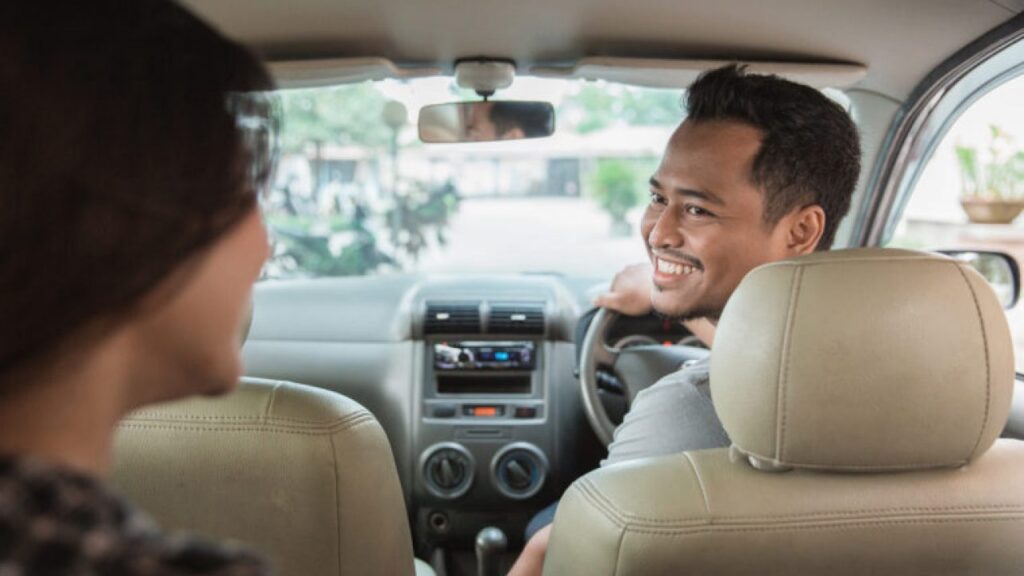
LOCAL TAXI COMPANIES & DRIVERS
Whether we like it or not, they are the backbone of our Klang Valley transportation system long before our country has KTM Komuter and LRT. And once we already have the Komuter and LRT, perhaps it wasn’t enough to support the needs of our people.. I’m aware that some of us are frustrated that some of these drivers refuse to use meters and some reject customers depending on the distance and where the go-to location is. Some may charge ridiculous prices for a short distance. But we can always walk away and ask for the next taxi around.
And so Uber and Grab have made an impact on local taxis. Protest after protest happened and some involved hard resistance between the two. If rideshare or hailing drivers enter the taxi territory in some area, they might be stopped and so on. That time I remember, all these Grab drivers only smile because at that time the trip rates and incentives given by Grab were quite fruitful. On the other side, the taxi drivers getting less and lesser income.
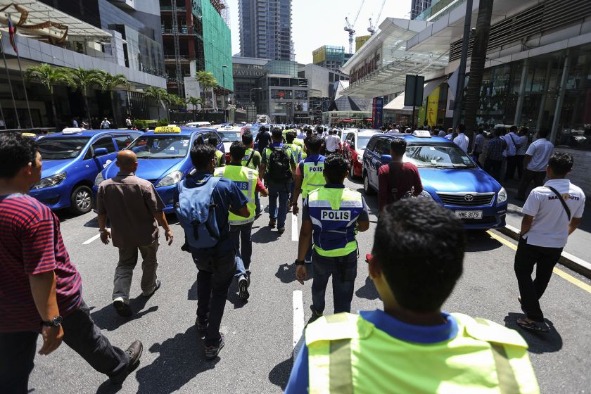
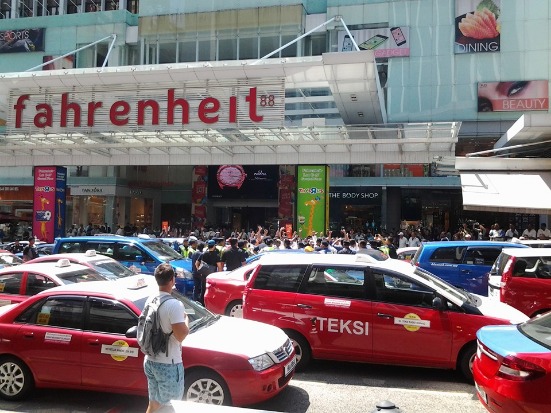
current-2022
Fast forward to 2022, the country now has about 30 e-hailing companies, dominantly Grab as the choice of a lot of us. Personally, what I observe, all these middle-man companies are types of capitalist business where they just come up with a good tech (app), lure people with ‘so-called’ lucrative income and incentive to become their partners and without you noticing it, your hard sweat and vehicles are being squeezed by them. In the early stage throwing high rates, high incentives and even promoting drivers to recruit and earn more money, by the time everything goes as planned, slowly decreasing the rates and benefits.
Nowadays even promoting some other types of lures, Buy Now Pay Later, yes that might help but if the person uses it wrongly, it is just another rope on their neck ready to hang them. More and more so-called benefits are being offered, Personal Accident Insurance, Personal Loan from certain banks, fuel cards and so many more. Just beware friends, and take and use the offer only when you really need them.
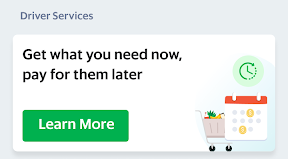
Lame authorities and weak regulations
Lack of monitoring and regulation by the Transport Department and other government authorities has made the cunning blood-sucking system of Grab (Myteksi) and perhaps other e-hailing companies too, has turned these companies to do whatever profiting them. Similarly, previous taxi companies came up with car renting schemes for drivers who do not have good credit scores to purchase new cars and other reasons. For many, drivers own the cars and register the vehicles for this e-hailing purposes.
I am not saying the choice of doing e-hailing cant make a profit, but considering the amount of time a person needs to be on the road, the running cost of the vehicles is just like squeezing the person’s energy and his/hers asset (the vehicle).
Drivers need to run at least 12 hours a day to earn a decent income. I mean after deducting the cost of fuel and maintenance cost. If you are lucky (perhaps) the algorithm of their so-called advanced computing system, that driver at the correct time and place, that you get ‘big’ earning trips. Yet still, it is still about RM1 per/km. One way to the airport is RM65. Deducting the 20% commission to the company, the driver earns RM52. Cost of fuel? Maintenance? What about the net pay per trip that the driver gets?? Furthermore, nowadays no more additional incentives are being paid by Grab. The only unworthy pays are the Demand Surcharge that is really small and very short period of time (an hour within the busy areas).
Here’s an example of a trip:
(current onboard minimum rate RM5)
JustGrab Economy: Average RM20 x 8 hours (1-hour break) per day =RM140
(- 20% Grab Commission) = RM112
(RM20 Fuel + RM30 maintenance funds) = RM62 (have not calculating other expenses)
COMPETITION OF RATES FROM ANOTHER player
Now came AirAsia and Indriver, summing up the total of 45 registered e-hailing companies in Malaysia (whether its active or not I’m not sure). One promoting even cheaper airport transfer rates where drivers net is about RM40. Indriver even worse for me, where potential customers and drivers can bargain the prices of hires. What’s going to happen to the industry. The country has 3 authority departments handling transportation matters but none even bother to monitor the cards being played among these e-hailing companies.
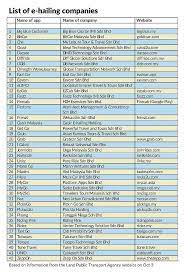
the lame authorities
I believed, as Malaysians, we all are well aware of how our local authorities and government work. The sad truth of our country. I knew too that few ministers owned or have their shares in the public transportation industry long ago before all these ehailing companies exist.
Minister himself acted blind and deaf. To make things even worse after being urged by the taxi association, the last Transport Ministry had implemented the compulsory requirement for e-hailing drivers to obtain PSV licenses. Plus, the vehicles need to undergo the Puspakom inspection routine and obtain additional commercial insurance cover. And the most recent (2021) road tax can only be renewed for 6 months.
The most ridiculous thing is, that the burden will just add up when there are non-tally expiration dates between the commercial permits issued by APAD, the vehicle insurances, and the road tax. The authority passes the lame blame to e-hailing for late renewal submission and the e-hailing would say that the APAD whose one delay in renewing. That means in the end, drivers would have to spend double the time to undergo the renewal process and additional cost to purchase the insurance.
consumer/public users
I, as a consumer or person who uses public transportation to commute occasionally, for sure I would want cheaper rates. In any sense of purchases. But on the other side, the drivers also need to get their fair earnings. We as the Malaysian public, especially lower and middle-income earners are among the group that is badly affected by the pandemic soon to be endemic. Many have lost their jobs and I do agree, somehow these e-hailing and p-hailing companies have opened up opportunities for jobless and retrenched people (there is a negative impact in the long run for this). But ones need to be on the road at least 6-8 hours a day to bring back fair income (Based on rough RM25 per hour x 7 hours = RM175 – 20% Grab Commission = GrossRM140 – RM25 fuel – RM30 maintenance = RM85)
Do remember this RM85 is not deducting the other cost of meals and other expenses for the driver moreover for the family. Yes, I do agree some drivers could earn RM300 and more per day but do remember they run non-stop from 6 /6.30 am until about 10.30. Short break, continue non-stop until 3 pm for another break. And started again at 4 pm until about 10-11 pm. No problem for young age and single people but that is not advisable for elderly and married drivers.
conclusion
In my personal observation, the coming of this new millennial ride-sharing or e-hailing AI system has brought more negative than positive factors (not only e-hailing but many others too) Why? It killed the conventional way of doing trade. Call me an old-school that does not bother me much. Because I believed those days, although some taxi drivers charge ridiculously higher prices we still have a choice to walk off and find another taxi. Even more, the kind of people charging that high prices won’t be as super-rich as I know of. They only trying to earn and perhaps they have the reason for that (it might be bad traffic or they know the area won’t have customers for them to drive back).
The appointed Minister and the Transport Department should in the early stage before approving these middle man companies to run on our shore, should do an in-depth study about the chain of impact on the existing industry(short and long term). Not just taxi companies whose being affected! But broadly towards hotels hire and tour agencies transportation too. And most affected is the person who might have hired/rent the taxis or cars from the companies.
Instead, the authority should not allow them to be in operation. It is much better to revamp the taxi industry. Awards only qualified taxi companies with a limited number of permits per company. Fair deals to drivers who would want the vehicle hire-purchase deal from the company. Allow qualified individuals to get an individual taxi permit provided. Have only one authority department in charge of all transportation matters. Everything needs to be started with the Transportation Department revamp FIRST.
But I am fully aware of my country, it is useless to hope for that to happen. Everything is a money game. You have the money you own the game. The public is just the little ants who work for the system.
